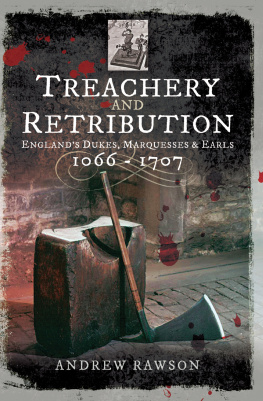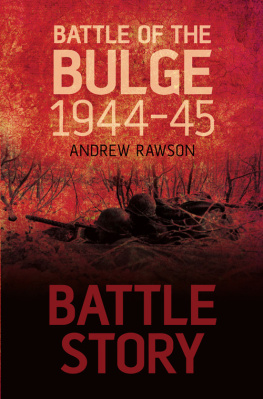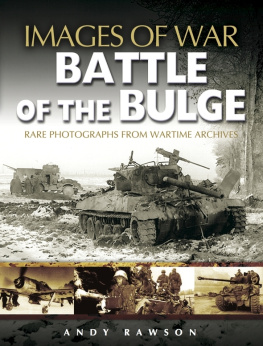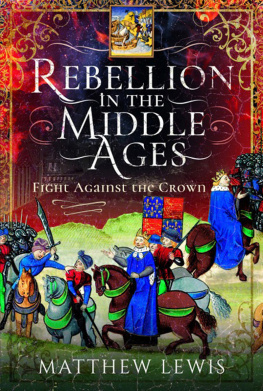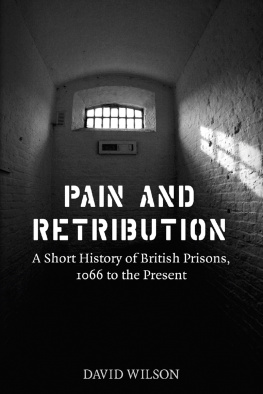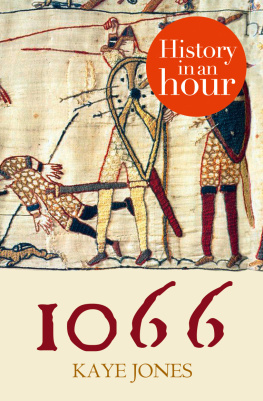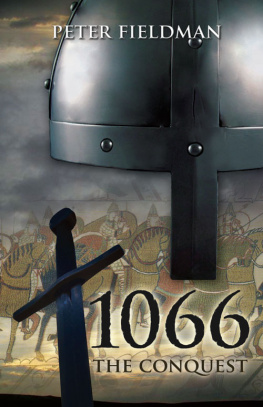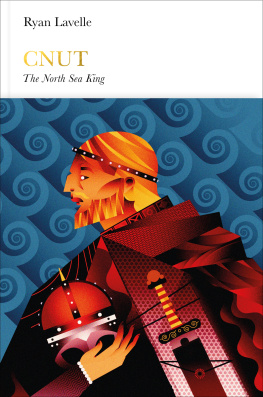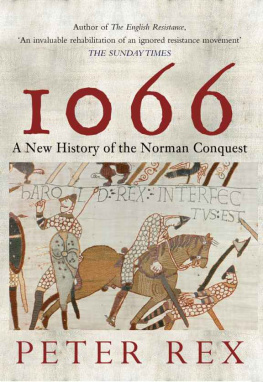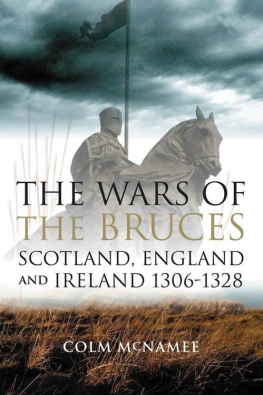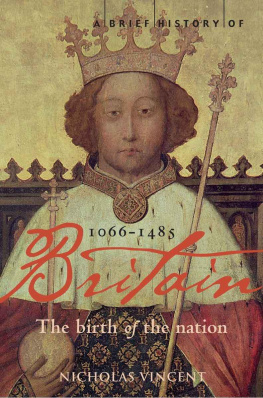
Treachery and Retribution
Englands Dukes, Marquesses and Earls
10661707
Andrew Rawson
First published in Great Britain in 2017 by
PEN AND SWORD MILITARY
an imprint of
Pen and Sword Books Ltd
47 Church Street
Barnsley
South Yorkshire S70 2AS
Copyright Andrew Rawson, 2017
ISBN 978 1 47387 624 8
eISBN 978 1 47387 626 2
Mobi ISBN 978 1 47387 625 5
The right of Andrew Rawson to be identified as the author of this work has been asserted by him in accordance with the Copyright, Designs and Patents Act 1988.
A CIP record for this book is available from the British Library.
All rights reserved. No part of this book may be reproduced or transmitted in any form or by any means, electronic or mechanical including photocopying, recording or by any information storage and retrieval system, without permission from the Publisher in writing.
Pen & Sword Books Ltd incorporates the imprints of
Archaeology, Atlas, Aviation, Battleground, Discovery, Family History, History, Maritime, Military, Naval, Politics, Railways, Select, Social History, Transport, True Crime, Claymore Press, Frontline Books, Leo Cooper, Praetorian Press, Remember When, Seaforth Publishing and Wharncliffe.
For a complete list of Pen and Sword titles please contact
Pen and Sword Books Limited
47 Church Street, Barnsley, South Yorkshire, S70 2AS, England
E-mail:
Website: www.pen-and-sword.co.uk
Introduction
This is the history of England during its formative years, told through the stories of a select class of people: its nobility. Plenty has been written and said about the kings and queens who ruled the kingdom; their strengths and weaknesses, their conquests and defeats. But these are the stories of the men and women who ran the country and served their monarch, sometimes loyally and sometimes treacherously. It is told in short stories, in the form of news summaries of a particular event, a family or a group of earls. This means we can see how a single person, or group of people, developed their motives and how their actions played out, either in court, on their estates, or on campaign.
The original noble of the kingdom of England was the earl. Earls owned the area associated with their title, administering it on behalf of the crown. Titles were awarded for a range of reasons: loyalty, good diplomacy, victorious campaigning or friendship. Edward III introduced the new rank of Duke of Cornwall for his son Edward of Woodstock (later known as the Black Prince) in 1337 and this dukedom is still associated with the monarchs eldest son. Five royal relatives were created dukes over the next fifty years and Richard II created six more on the same day in September 1397. Henry VIII introduced a new rank which fell between the dukes and the earls when he created his Lord Treasurer, William Paulet, Marquess of Winchester, in 1551.
We have to remember that the monarch was ruler in name but rarely in presence. At its height, the Angevin Empire (that of the House of Anjou, which ruled England in the twelfth and thirteenth centuries) stretched hundreds of miles from end to end, from as far north as the Scottish border to as far south as the Pyrenees. It took time to send messages across the kingdom when the only means of travel was the horse on land, and at the mercy of the weather on the sea.
A king was kept busy dealing with business in his royal court and would rarely visit the outlying parts of the kingdom, if at all, unless there was a problem. He would only go to the northern border if he intended to attack Scotland and usually only visited areas on the continent if there was a problem. The huge distances and slow communications meant that many nobles were left to self-govern their areas. They had to maintain justice and security as well as keeping the peace. They also had to manage their estates, build castles and fortifications and raise taxes, all in the name of the king.
The story begins in 1066, when William the Bastard of Normandy invaded Anglo-Saxon England to take what he thought was rightfully his. He immediately replaced the earls who ran the country with his own Norman men and then the ruling started in earnest. It culminated with an audit of his territories, the Domesday Book in 1085.
England has changed its borders several times over the centuries covered in these pages. It made a rapid conquest of Ireland in 1170s, which would result in a succession of uprisings and rebellions over the centuries. Then there was the difficult campaign to subdue the Welsh princes a century later. Englands nobles were at the forefront of expanding the kingdom, sometimes supporting their king and occasionally allying with the rebels.
On Englands northern border, there were continual wars and alliances with Scotland, which resulted in victories and defeats on both sides. They also resulted in a complicated connection between the English and Scottish royal families. The family connection would end with the union of the crowns, when James VI of Scotland was invited to become James I of England following the death of the childless Elizabeth I in 1603. The book ends with the Acts of the Union of the English and Scottish Parliaments in May 1707.
There were many problems with the kingdoms continental possessions in what is now France. The Angevin Empire, as England became known in the 1100s, expanded due to a combination of effective diplomacy, successful campaigns and lucrative marriages. There was Normandy and Brittany in the north-west, Maine, Anjou and Touraine south-west of Paris, Guyenne and Aquitaine in the south-west. By the 1170s the Angevin kings of England controlled more territory south of the English Channel than north of it and the monarch had to rely on his barons to rule these areas on his behalf. But there were many problems holding these vast areas and they fell into French hands one by one, either through battles, diplomacy or treachery, over the next 200 years.
England has been involved in many alliances and wars with France and Spain over the centuries as their empires jostled for power in Western Europe. The nobles were often at the forefront of the diplomacy and when that failed they raised armies and led them into battle. They would then be rewarded or disgraced according to their fortunes in war.
Englands nobles were a real mixed bunch of characters. There are a few well-known cases who dramatically changed, or tried to change, the kingdoms history. We have Simon de Montfort, 6th Earl of Leicester, who led the barons rebellion against Henry III, in the hope of introducing democracy into the kingdom in 1285. Then there was Thomas Stanley, 1st Earl of Derby, who decided the Battle of Bosworth, ending the Wars of the Roses with Richard IIIs death and the crowning of Henry VII in 1485. We also have Thomas Boleyn, 1st Earl of Wiltshire, who pushed his daughters, Mary and Anne, in front of Henry VIII for personal gain, with tragic results for the family. They are just three of many who contributed to the kingdoms story in one way or another.
This is a story of powerful people who lived in deadly times. On the one hand the nobles were upstanding men of honour who were prepared to fight for what they believed in (with the lives of their peasants of course). On the other hand they could be treacherous or debauched; men who abused the privileges of their rank. Here are the stories of their strengths, their frailties and their excesses.
Next page
